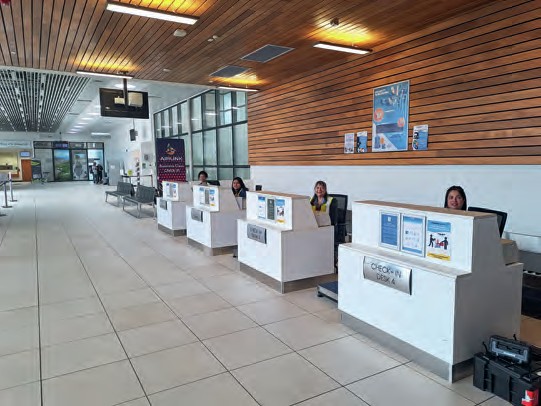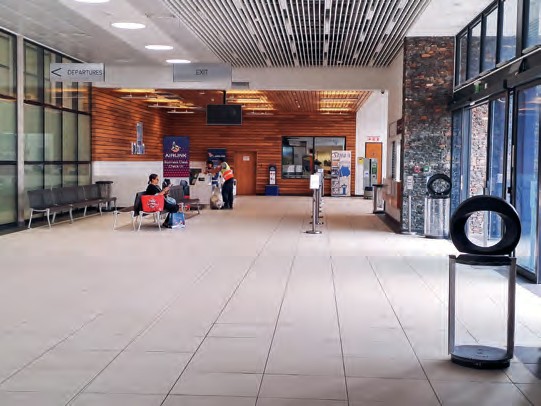
Saint Helena International Airport is located atop 1,000ft cliffs, with part of its 6,400ft runway built on a vast embankment
It is extremely difficult to name an inhabited and civilised place on earth where air travel arrived on a later date than at Saint Helena. The island is one of the most isolated places on the planet, as its location in the South Atlantic ocean is some 2,000 miles west of the Namibian coast, and 2,800 miles east of the shores of Brazil. Until 2017, the only way to reach it was by boat and the journey aboard RMSSaint Helenato Cape Town in South Africa, took six days. Eight years ago, everything changed for the British Overseas Territory, which is most famous as the place where French Emperor Napoleon Bonaparte was exiled (and died in 1821) and is home to a little less than 4,000 British citizens. Close to the eastern edge of the island, atop 1,000ft hight cliffs with part of its 6,400ft long runway 01/19 built on a vast embankment, sits Saint Helena International Airport, which has cut the journey time to South Africa to a mere 4½ hours. Scheduled commercial services began on October 14, 2017, when South African carrier Airlink inaugurated a weekly service from Johannesburg/OR Tambo International Airport, via Walvis Bay Airport on the western shores of Namibia, using an Embraer E190. That first flight ended a ‘journey’ initiated in 2011, when South African engineering group Basil Read was awarded a design and construction contract worth £202m by the UK government.

There are four check-in desks at Saint Helena International
ALL IMAGES BY MATTEO LEGNANI UNLESSS OTHERWISE STATED

The compact terminal opens its doors for a few hours once or twice a week
Early days
Construction work had begun in early 2012 and the first large passenger jet touched down on April 18, 2016, a Comair Boeing 737-800, ZS-ZWG (c/n 40972), leased from British Airways. It was an implementation flight to test the route, ground operations and handling, ahead of the commencement of scheduled services. However, the landing was not straightforward and after a planned go-around on the first approach, there was a second unplanned go-around, with the aircraft successfully landing at the third attempt. Eight days later on April 26, 2016, the St Helena government announced a delay to the airport opening because of concerns regarding wind shear, after the problematic landing of the Comair flight. In December 2016, the island government issued a tender for an airline to establish a scheduled commercial service. On June 9, 2017, Airlink won the bid and announced it would operate weekly flights to Johannesburg via Windhoek in Namibia. There would also be a monthly link to another UK Overseas Territory, Ascension Island, some two hours flying time northwest of Saint Helena. Initially, the airline could sell a maximum 76 of the 98 seats available on its E190s departing Johannesburg, due to runway limitations related to Saint Helena’s wind shear issues. Since April 2019 Airlink has refuelled in Walvis Bay, boosting its capacity to 98 passengers because of the shorter distance between the Namibian airport and the island. Plans for a service to the UK were also evaluated, with a connection to London/Gatwick via Accra in Ghana proposed, but, due to the high costs, the idea was abandoned. The official opening of the facility took place on January 26, 2024, when Prince Edward, Duke of Edinburgh, unveiled a plaque, and the island celebrated with a public holiday.